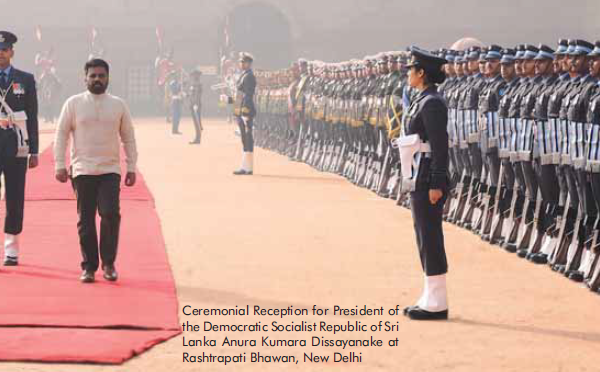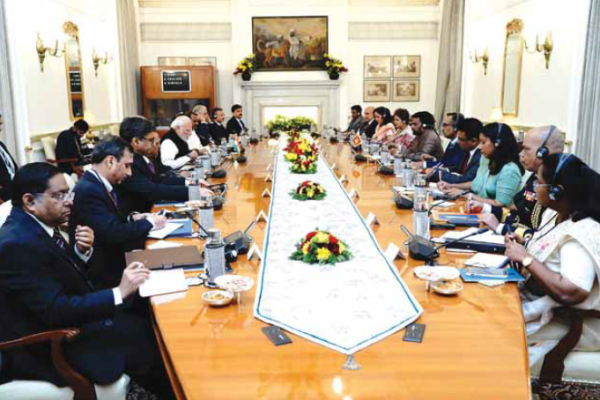
Forging Stronger Ties – A New Chapter in India-Sri Lanka Relations
President of Sri Lanka Anura Kumara Dissanayake’s three-day state visit to India was characterised by exceptional warmth and a welcoming atmosphere. The numerous meetings, a diverse range of topics discussed, and MoUs established during the visit reflect renewed vigour and energy in the bilateral relationship, writes Ivor Vaz. Sri Lankan President Anura Kumara Dissanayake’s recently…


